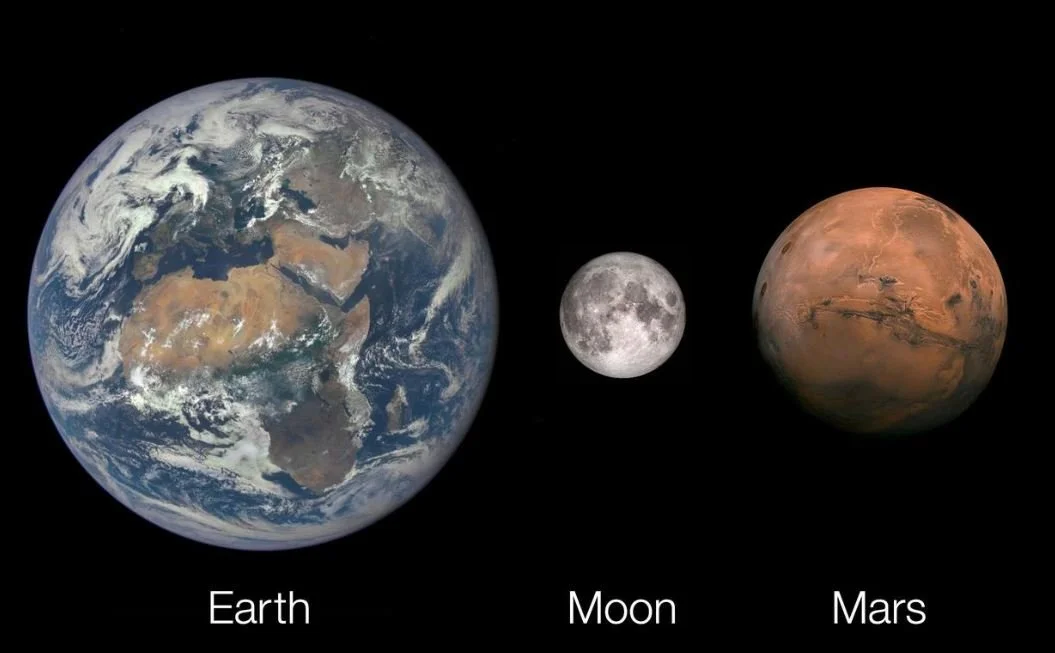The SLS Saga: 2024 Project Update
The SLS rocket during its Artemis I Wet Dress Rehearsal (Courtesy of NASA)
“I don’t care who you are, life has challenges”
***The 2024 edition of the yearly update on the SLS Program. For related posts, please visit the SLS Saga microsite here***
While 2024 has brought promising developments for the commercial space sector, the same cannot be said for the Space Launch System (SLS) Program. As countries worldwide compete to establish their presence on the Moon, the stagnation and growing criticism of the SLS program is becoming increasingly apparent. Hence, this year’s annual update to my SLS Saga series will explore some new developments but will primarily focus on the emerging challenges facing the program.
Upgrading the SLS… (March 2024)
While the Artemis Missions are behind schedule, NASA is still moving forward with enhancements to the SLS rocket. These upgrades will transform the SLS rocket into its planned Block 1B configuration, ensuring that it can support a wide range of Artemis missions. There are two key changes involved in this transformation: (1) the introduction of a new upper stage, and (2) the development of a universal stage adapter.
The primary improvement is the replacement of the Interim Cryogenic Propulsion Stage (ICPS) with the larger and more powerful Exploration Upper Stage (EUS). This change aligns to the original plan with the ICPS always intended to be a temporary solution—hence the term “interim.” Unlike the ICPS, which is powered by a single RL10 engine, the EUS will utilize four RL10 engines. This upgrade will increase the total thrust of the second stage from 24,750 lbs to 97,360 lbs.
Additionally, the introduction of a universal stage adapter will provide over 10,000 cubic feet (286 cubic meters) of space to carry different components for various Artemis missions to the Moon and beyond.
… Along with the Assembly Facility (September 2024)
But in order to upgrade the SLS rocket, NASA also needs to enhance its assembly site, the Michoud Assembly Facility. The space agency is actively working on this by installing the new manufacturing equipment required to assemble the new Exploration Upper Stage. NASA’s lead SLS contractor, Boeing, has already begun certain manufacturing processes at both Michoud and the Marshall Space Flight Center. The newly designed components will be utilized for a series of test fires at the Stennis Space Center to validate the new SLS configuration.
Given the complexity of the SLS rocket, this assembly process will likely require intricate precision and close collaboration between Boeing and the NASA team. Although it’s been a challenging year for the SLS Program, these developments appear to reaffirm NASA’s commitment to the program’s success.
But Boeing is having issues… (August 2024)
However, Boeing is currently facing challenges that could impact the upgrades to the SLS rocket. A recent report suggests that Boeing’s workforce might lack the necessary qualifications needed to build the rocket effectively. Specifically, NASA’s inspector general found that many of Boeing’s quality control issues stem from a workforce that lacks sufficient aerospace production experience. This deficiency increases the risk that Boeing will manufacture parts that do not meet NASA’s requirements and industry standards, potentially compromising the safety of future space missions.
Furthermore, this revelation raises significant concerns about the reliability of Boeing’s various space-related projects and the company’s ability to meet the stringent requirements set by NASA.
… And yet is considering a workforce reduction (April 2024)
But amid these challenges, Boeing is planning to lay off or reassign a portion of its workforce involved in the SLS program because of ongoing scheduling delays and budget uncertainties. Furthermore, NASA has informed Boeing that it will reduce its funding for the SLS Program, as the development phrase is now effectively over. According to Ars Technica, hundreds of Boeing employees could be impacted by these layoffs, affecting employees working on both the core stage and the new Exploration Upper Stage.
This reduction in workforce is likely to further disrupt SLS program’s already fragile timeline. Given that SLS has faced numerous delays and budget overruns since its inception, cutting personnel may exacerbate the challenges of meeting future launch schedules. It really seems like the era of government-funded cost-plus contracts in mega rocket development might be approaching its end....
Bad News on Mobile Launcher-2 (August 2024)
The SLS’s terrible, horrible, no good, very bad year isn’t limited to its rocket development; its ground-based rocket launcher has also faced significant setbacks. According to another report released by NASA’s Office of Inspector General, the second mobile launcher for the SLS Program (ML-2) is encountering serious challenges. Specifically, the inspector general found that the cost of ML-2 could exceed its initial estimates by a staggering $2.2 billion.
Originally scheduled for completion for March 2023 by Bechtel, the new delivery date for ML-2 has been pushed to November 2026. While NASA remains committed to advancing its lunar exploration objectives, the significant hurdles faced by the ML-2 project underscore yet another challenge for the SLS Program that will require more effective management and oversight.




